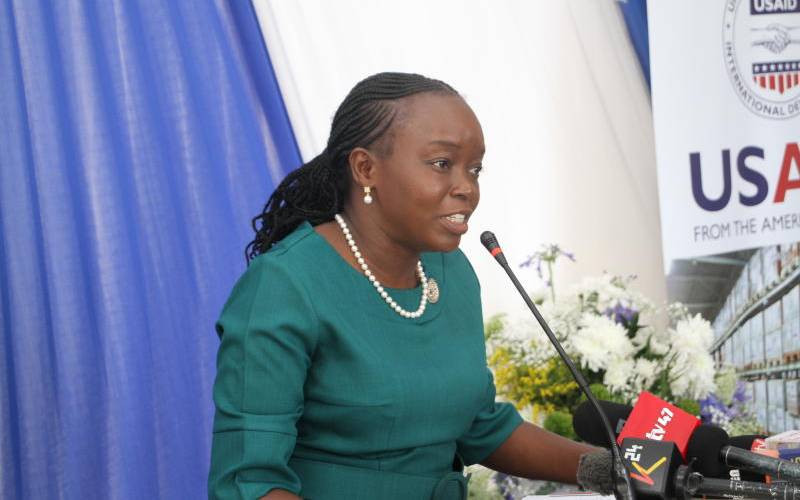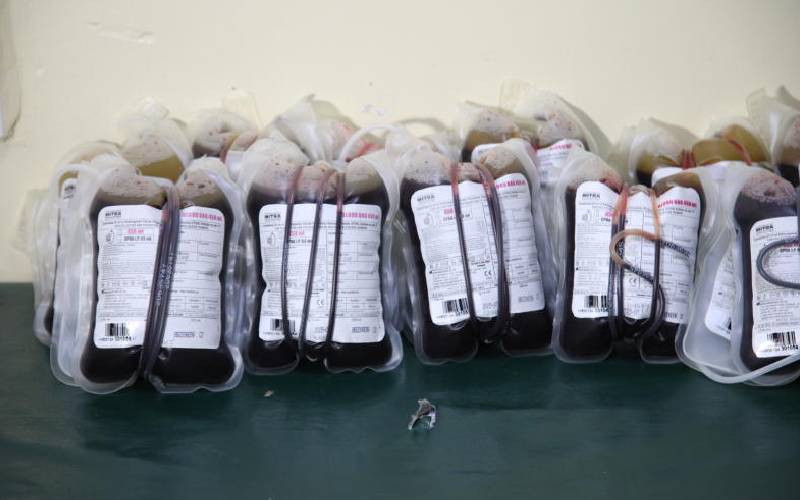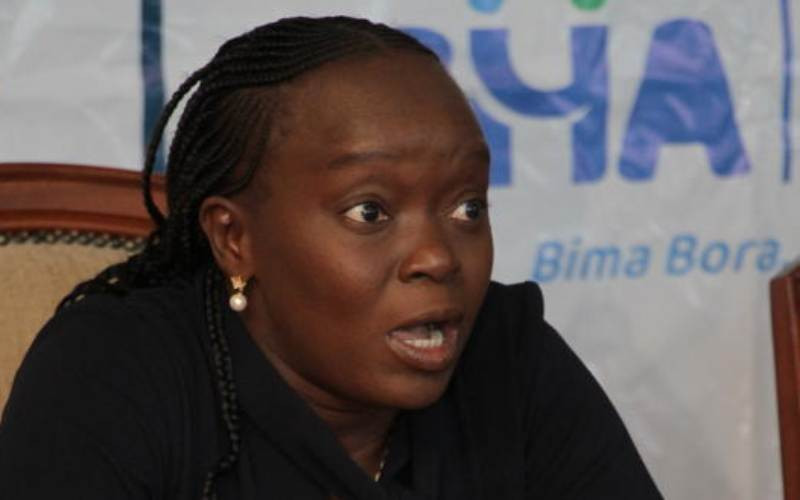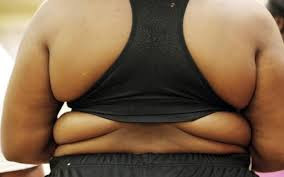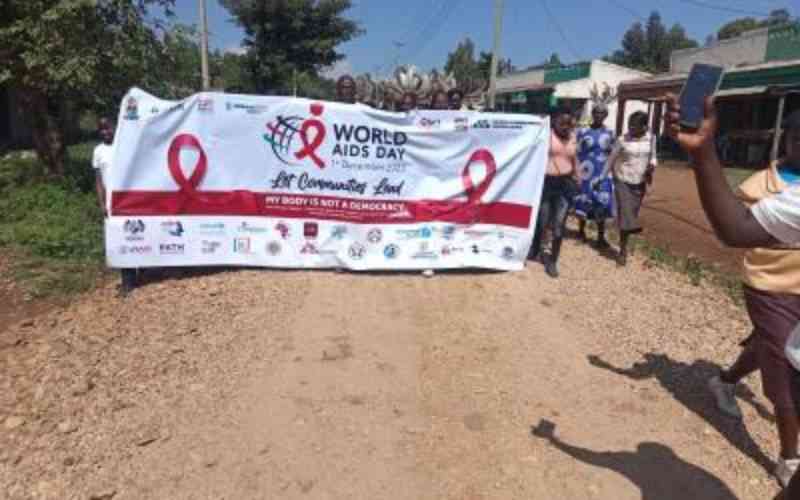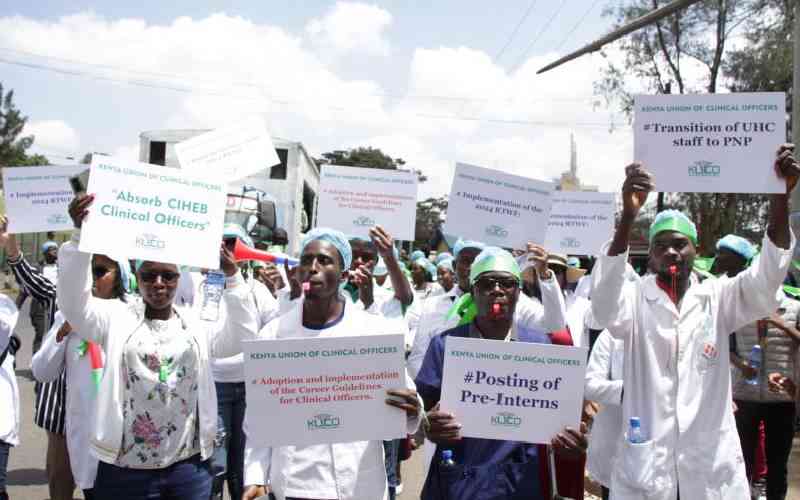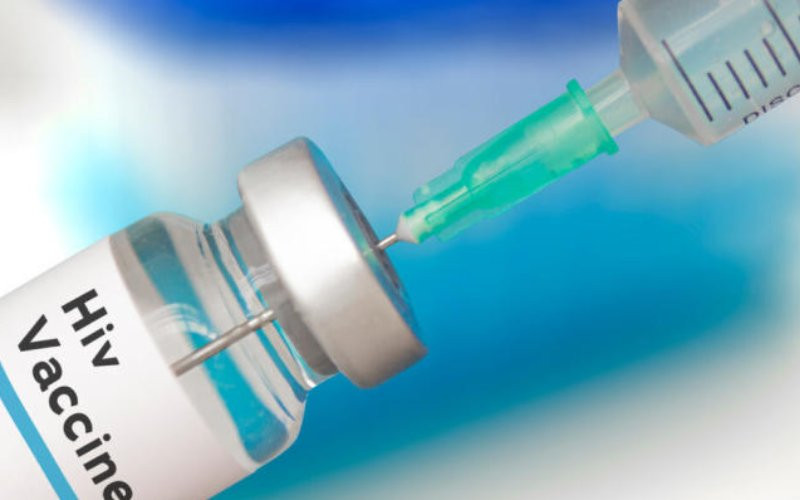
The world's first successful embryo transfer that took place in Kenya shines a light on the race to save the northern white rhinos from extinction, scientists say.
A consortium of scientists and conservationists who have been undertaking advanced assisted reproduction techniques on rhinos, reported a successful world's first pregnancy of a rhino after an embryo transplant
The BioRescue team confirmed a pregnancy of 70 days with a well-developed male embryo.
"The southern white rhino embryo was produced in vitro from collected egg cells and sperm and transferred into a southern white rhino surrogate mother at the Ol Pejeta Conservancy in Kenya on September 24, 2023."
"The pregnancy is a well-developed 6.4 cm long male embryo," Leibniz Institute for Zoo and Wildlife Research (Leibniz-IZW) confirmed on January 24.
Although the southern white rhino surrogate mother named Curra died while pregnant at Ol Pejeta Conservancy in Laikipia, the scientists say that the successful embryo transfer and pregnancy is a proof of concept in the mission to save the critically endangered northern white rhino from extinction.
In a statement released by the Institute, Curra died on November 25, 2023. The institution confirmed that an analysis of the foetus DNA revealed that the pregnancy resulted from the embryo transfer which was carried out in September 24, in Kenya.
"It is bitter that this milestone is confirmed under such tragic circumstances with the death of the surrogate Curra and her unborn calf, but I am certain that this proof of concept is a turn of the tide for the survival of the northern white rhino and the health of Central-African ecosystems," Thomas Hildebrandt, BioRescue project head said.
As per the statement, the scientists transferred two southern white rhino embryos into Curra.
The eggs(oozytes) used in producing the embryos were retrieved from a southern white rhino from Belgium while the sperm originated from a male southern white rhino from Austria.
The fertilization of the oozytes and sperm was conducted at Avantea's laboratories in Cremona, Italy.

The embryo was thereafter flown to Kenya where it was transferred to a surrogate southern white rhino mother, Curra.
"For the embryo transfer in Kenya, the BioRescue scientists transferred two embryos to increase the chance of a successful outcome," the scientists said in a statement.
To undertake the process, scientists selected a southern white rhino bull known as Ouwan as a teaser bull to help them know the timing for embryo transfer. Ouwan was sterile as he had undergone vasectomy, as per the information provided.
As per the timelines provided by Leibniz Institute for Zoo and Wildlife Research, Ouwan mated with Curra on September 17 and 18, signaling the ideal timing for the embryo transfer. The embryo transfer took place on September 24. Curra was monitored on a daily basis in the enclosure at the Ol Pejeta Conservancy.
Thereafter, Ouwan showed no further interest in Curra, the first sign of a successful embryo transfer resulting in pregnancy, according to the researchers.
On November 22, teaser bull Ouwan was found dead in their enclosure. Three days later on November 25, Curra was also found dead, just three days before the scheduled pregnancy check.
Cesare Galli, CEO of Avantea Laboratories confirmed that the DNA testing proved that the embryo transferred into the uterus of Curra, had developed into a healthy well-developed male foetus.
"The development of this foetus would indicate that the chance of a successful birth would have been greater than 95%. Because of this development, we feel that embryo transfer work can switch to the use of genetically pure, Northern White rhinoceros embryos without hesitation, fully one year earlier than anticipated," he said.
Frank Goritz, head veterinarian in the BioRescue project, Leibniz-IZW said that the embryo transfer with Curra on September 24 was smooth and without any complication, just like any of the BioRescue procedures in Kenya have been.
"But witnessing the death of an animal you have worked with for so long for reasons that are beyond your control is depressing. We try to take control of every factor that affects the well-being of the animals, but in nature, you cannot control everything and sometimes your plans are thwarted by heavy rains and a disease. It is very sad, but we try to look forward and to see it as a milestone for the BioRescue mission." Goritz said.
The statement added, "Apparently, extremely heavy rains led to a flooding of the surrogate enclosure and set free dormant clostridia bacteria spores. The dissection of the animals revealed a severe systemic infection by a clostridia bacterial strain and resultant intoxication by the bacterial toxin. It also revealed that Curra was pregnant with a 70-day-old male foetus that was 6.4 cm long."
Following the death of Curra, scientists reported that the tissue samples of the foetus were collected and transported to the Max Delbruck Centre for Molecular Medicine and the Leibniz-IZW in Berlin, Germany. In January 2024, it was confirmed through the analysis of the foetus' DNA that the pregnancy resulted from the embryo transfer.
Curra's pregnancy was one of the 13 embryo transfers which the BioRescue team has performed on rhinos. This included three in Kenya and ten in Europe.

And now scientists say the successful transfer of a southern white rhino embryo is a proof of concept that allows them to take a crucial step of a northern white rhino embryo transfer for the first time.
"The embryo transfer in this subspecies is entirely new ground as a veterinary and scientific procedure, and all protocols, methods, and pieces of equipment had to be newly developed from scratch."
Scientists say that there are only two northern white rhinos currently left in the world. They are named Najin and Fatu and both in Ol Pejeta Conservancy.
Since 2019, however, the BioRescue conservation science programme has produced 30 northern white rhino embryos awaiting embryo transfer into southern white rhino surrogate mothers.
The embryos are currently stored in laboratories in Berlin, Germany, and Cremona, Italy.
"It took many years to get it right and we are overwhelmed that we now have proof that this technique works perfectly,"
He added, "It comes just in time to achieve a pregnancy for northern white rhinos: we want the offspring to live together with Najin and Fatu for years to learn the social behaviour of its kind. Although embryos can be stored in liquid nitrogen for a very long time, we are in a rush to bring a northern white rhino baby to the ground - with this proof of concept it can become a reality in two to three years."
Wildlife Research and Training Institute Director Patrick Omondi said that the collaborative partnerships demonstrated by the team of scientists has provided opportunities for increased specialised knowledge and expertise sharing.
"The successful embryo transfer in a rhinoceros, the first to be accomplished globally, provides proof of concept and allows the consortium to move to the next steps of transferring the already developed pure northern white rhino embryos to the southern white surrogates at Ol Pejeta Conservancy," Dr Omondi said.
He added that, "As an Institute, we look forward to the application of assisted reproduction techniques to other endangered species in Kenya and the world."
Kenya Wildlife Service Director General Erastus Kanga added, "As the government agency responsible for wildlife in Kenya, we have received the great news of proof of concept with the successful embryo transfer undertaken on Kenyan soil at Ol Pejeta Conservancy."
 The Standard Group Plc is a multi-media organization with investments in media platforms spanning newspaper print
operations, television, radio broadcasting, digital and online services. The Standard Group is recognized as a
leading multi-media house in Kenya with a key influence in matters of national and international interest.
The Standard Group Plc is a multi-media organization with investments in media platforms spanning newspaper print
operations, television, radio broadcasting, digital and online services. The Standard Group is recognized as a
leading multi-media house in Kenya with a key influence in matters of national and international interest.

